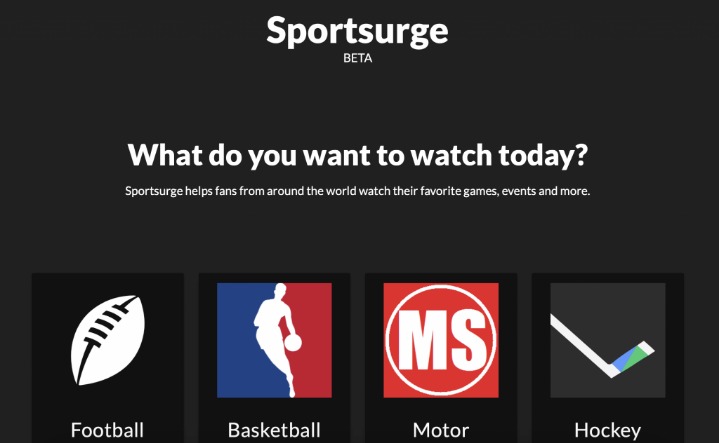The world of sports streaming has revolutionized how fans engage with their favorite games and events. Gone are the days when you had to be in front of a television at a specific time to catch a live game. Now, with a stable internet connection, access to sporting events is virtually limitless.
The Rise of Digital Platforms
Sports streaming initially started as a supplementary service to traditional broadcasts. However, with advancements in technology and increased internet accessibility, digital platforms have become the primary medium for many sports enthusiasts. Platforms like ESPN+, DAZN, and Amazon Prime have set new standards in delivering high-quality sports content.
Flexibility and Accessibility
One of the significant advantages of sports streaming is the unparalleled flexibility it offers. Gone are the constraints of geographic limitations; fans can watch live events from any corner of the globe. This global reach is especially beneficial for international sports, allowing fans to stay connected with their favorite teams and players regardless of their location.
The Impact on Traditional Broadcasting
The shift toward sports streaming has led to a notable decline in traditional TV viewership. As more fans migrate to digital platforms, cable networks are being forced to innovate and adapt. Many traditional broadcasters have launched their own streaming services to remain competitive in this digital age.
Challenges and Opportunities
While sports streaming offers numerous benefits, it also presents unique challenges. The need for a reliable internet connection can be a barrier for some users, particularly in areas with limited connectivity. Additionally, the 무료 스포츠 중계 fragmentation of streaming services means that fans may need to subscribe to multiple platforms to access all their desired content. However, these challenges also present opportunities for companies to improve and innovate their offerings.
The Future of Sports Streaming
The future of sports streaming is bright, with technology continuing to evolve and user demand increasing. Innovations like virtual reality (VR) and augmented reality (AR) may soon offer even more immersive viewing experiences. As the landscape continues to shift, fans can look forward to a more personalized and engaging way to enjoy their favorite sports.
In conclusion, sports streaming has profoundly transformed how we consume sports content. With its flexibility, global reach, and potential for future innovations, it promises to redefine our viewing experiences for years to come.



